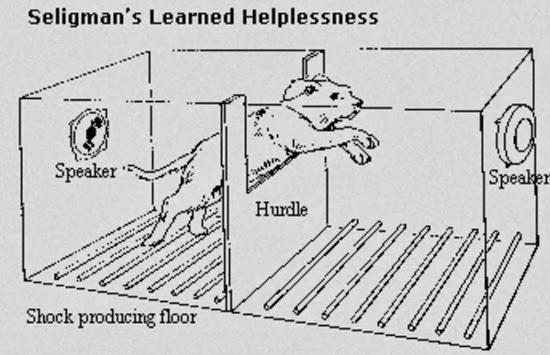
Very interesting piece by Sam Bibble at Gawker on Justine Sacco. Sacco was the PR person who tweeted a bit of satire that blew up in her face, and almost destroyed her career.
The problem with Twitter is every post lacks context. You don’t know the person to know if they’re joking. You haven’t seen the build-up to know if the post is ironic, satirical, or a true belief. And it’s so damn easy to retweet the actions and reactions, and to get caught up in the rush to condemn. That’s the bad, the very horrid part of Twitter.
At the same time, Twitter can be damn useful. Anyone who closely follows the Ferguson events will tell you that you can find more up-to-date information in Twitter than any in any news site. We can find a lot of racist crap, true, but we also found livestream links, breaking news, and even thoughtful insight, 140 characters at a time.
Bibble’s advice for weathering a Twitter storm is good—don’t engage, you’ll only had fuel to the fire. But maybe we should seriously re-think our twitchy actions. There are two kinds of outrageous tweets at the core of these storms. The first is the satirical tweet, taken out of context; if we retweet these, we can be harming an innocent person. The second type of outrageous tweet is from those who want attention; if we retweet what they post, all we’re doing is giving them the attention they want.
I watched this happen with person claiming to be a journalist, who tried to write himself into Ferguson’s history and failed. Every new and outrageous tweet of his that got caught up and magnified resulted in him getting at least a hundred new followers. In our outraged reaction, we gave him exactly what he wanted, and now he’s been featured in publications such as the New York Times, Slate, and the Washington Post. We didn’t create the monster, but we sure gave it juice.

